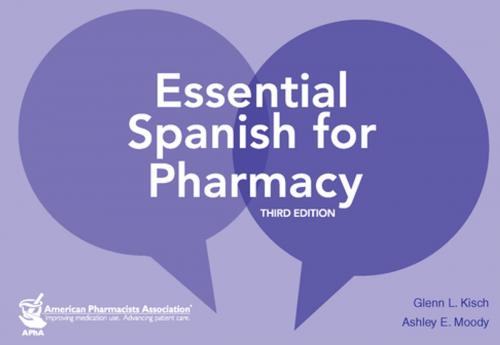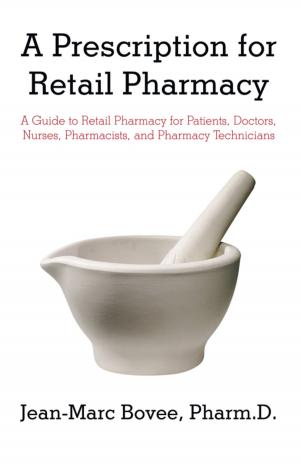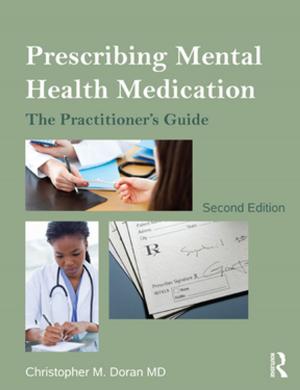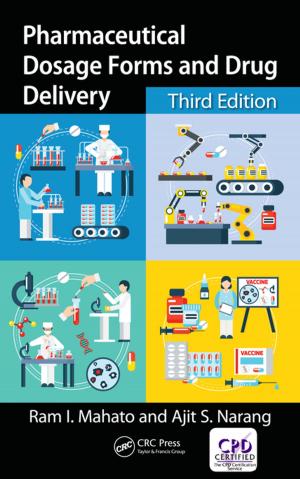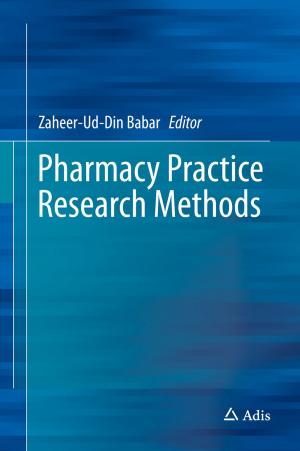| Author: | Glenn L. Kisch, PharmD, Ashley, E. Moody, PharmD, AE-C | ISBN: | 9781582122601 |
| Publisher: | American Pharmacists Association | Publication: | May 20, 2015 |
| Imprint: | American Pharmacists Association | Language: | English |
| Author: | Glenn L. Kisch, PharmD, Ashley, E. Moody, PharmD, AE-C |
| ISBN: | 9781582122601 |
| Publisher: | American Pharmacists Association |
| Publication: | May 20, 2015 |
| Imprint: | American Pharmacists Association |
| Language: | English |
Written by pharmacists for the pharmacy field and small and light enough to fit into a pocket, the booklet offers an easy-to-follow pronunciation guide for hundreds of useful Spanish words and phrases. KEY FEATURES: • Contains more than 200 phrases and a glossary of more than 300 terms commonly used in pharmacy, along with a pronunciation guide for each phrase or word • The phrases are grouped by three common situations in the pharmacy: Initial Patient Encounter (greetings, departures, expressions of courtesy), Patient Data Collection (insurance information, physician information, medication history), and Patient Consultation Directions (dispensing information, the three prime questions, duration, administration instructions, side effects, refill information, storage, use) • The glossary is arranged in 15 categories, including days of the week, numbers, colors, family relations, parts of the body, measurements, dosage forms, drug administration routes, frequency, times of day, medical conditions, drug classes • Revision highlights: new pharmacy-related terms, new phrases including informal phrases typically used by Spanish speakers, 7 pictograms to guide patients on when and how to take their medicine, new easy-to-read landscape layout TABLE OF CONTENTS: Initial Patient Encounter Patient Data Collection Patient Consultation Directions Glossary Pictograms Pronunciation Guide
Written by pharmacists for the pharmacy field and small and light enough to fit into a pocket, the booklet offers an easy-to-follow pronunciation guide for hundreds of useful Spanish words and phrases. KEY FEATURES: • Contains more than 200 phrases and a glossary of more than 300 terms commonly used in pharmacy, along with a pronunciation guide for each phrase or word • The phrases are grouped by three common situations in the pharmacy: Initial Patient Encounter (greetings, departures, expressions of courtesy), Patient Data Collection (insurance information, physician information, medication history), and Patient Consultation Directions (dispensing information, the three prime questions, duration, administration instructions, side effects, refill information, storage, use) • The glossary is arranged in 15 categories, including days of the week, numbers, colors, family relations, parts of the body, measurements, dosage forms, drug administration routes, frequency, times of day, medical conditions, drug classes • Revision highlights: new pharmacy-related terms, new phrases including informal phrases typically used by Spanish speakers, 7 pictograms to guide patients on when and how to take their medicine, new easy-to-read landscape layout TABLE OF CONTENTS: Initial Patient Encounter Patient Data Collection Patient Consultation Directions Glossary Pictograms Pronunciation Guide
